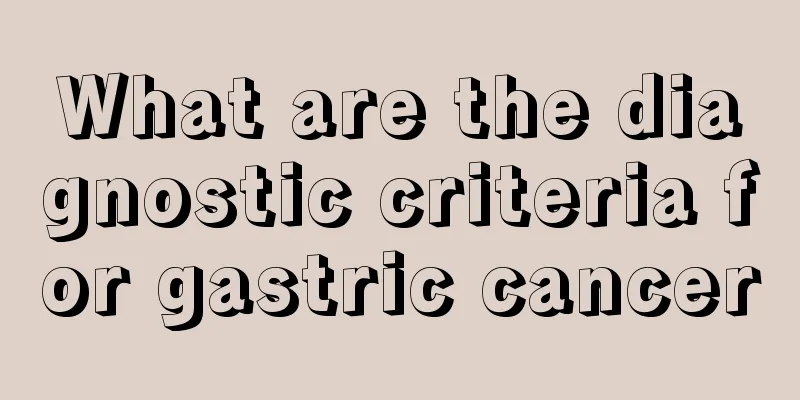What is the physiological function of platelets?

|
As we all know, platelets are a substance in the blood. The so-called leukemia in daily life is related to platelets. The main problem is that there is a problem with the coagulation mechanism. If there are no platelets, it will be difficult to stop bleeding once our body starts bleeding. If I were to describe it, platelets are like our glue. So, from a scientific point of view, what are the physiological functions of platelets? Platelets are small pieces of cytoplasm that detach from the cytoplasm of mature megakaryocytes in the bone marrow. Although megakaryocytes are the smallest in number among the hematopoietic cells in the bone marrow, accounting for only 0.05% of the total number of bone marrow nucleated cells, the platelets they produce are extremely important for the body's hemostatic function. When blood is lost due to vascular trauma, the functional activities of platelets in the physiological hemostasis process can be roughly divided into two stages: the first stage is mainly after the trauma occurs, platelets quickly adhere to the trauma site, aggregate into clusters, and form a relatively soft hemostatic plug; the second stage is mainly to promote blood coagulation and form a solid hemostatic plug. Three major physiological functions of platelets 1. Vasoconstriction: The vascular endothelium is damaged, platelets adhere to the subendothelial tissue and release vasoconstrictor substances such as 5-hydroxytryptamine and TXA2, causing vasoconstriction. 2. Platelet thrombosis (1) Platelet adhesion identifies the site of injury and allows the hemostatic plug to be correctly positioned. (2) Activated platelets release ADP and TXA, which promote irreversible platelet aggregation and form platelet thrombus, achieving initial hemostasis. 3. Blood coagulation (1) Activated platelets provide a phospholipid surface for the activation of coagulation factors during blood coagulation, and participate in the activation of coagulation factor X and prothrombin in the intrinsic and extrinsic coagulation pathways. Platelets also release coagulation factors such as fibrinogen, which greatly accelerates the coagulation process. (2) The platelets in the blood clot contract, causing the blood clot to retract and squeeze out the serum, making the blood clot more solid and firmly sealing the damaged part of the blood vessel. |
<<: What's the matter with the itchy waist
>>: What does bone marrow extraction check?
Recommend
How to wash chewing gum
In people's daily lives, if there is a bad sm...
Three wonderful prescriptions for external treatment of esophageal cancer with traditional Chinese medicine
Patients with esophageal cancer, especially those...
This method of washing red dates will prevent the nutrients from being lost
Red dates are a common food in daily life, especi...
What should I do if I have scarlet fever nephritis?
Infectious diseases can cause serious panic in li...
What should babies eat if they are prone to getting angry
Mothers should know that the baby’s stomach and i...
What is the use of applying essential oil to hair
Many people will apply some essential oil on thei...
Can pearl powder be used to brush teeth?
Pearl powder is a product that can whiten the ski...
Feeling of foreign body in throat after drinking
Wine is a common drink in our life. The history o...
Does acne itch
It is common for young people to have acne, espec...
Is it good to cupping during the dog days of summer?
Many people have the habit of cupping, which is a...
Does hair loss due to zinc deficiency when washing hair?
There are many reasons for hair loss. The more co...
What is the most effective way to treat liver cancer? 9 treatments for liver cancer
1. Surgical treatment Surgery is still the first ...
Can hydrogen peroxide be consumed?
We have all heard of hydrogen peroxide, which is ...
Girls put toothpaste on the soles of their feet
There are many problems in the human body. People...
One breast is bigger than the other
A woman's breasts are one of the sexiest part...









